As the largest block of our population ages – the baby boomers – a quickly growing housing trend for home renovations is ‘age in place’ home modifications for seniors and anyone with mobility issues.
Arguably the two most important areas of the home to determine how safe it is for a senior to live alone in their home, are stairs that need to be negotiated, and bathrooms. Here we want to focus on bathroom renovations and upgrades to improve safety, access and comfort, meaning universal access.
Universal design for bathroom accessibility
Universal design ensures that bathrooms are accessible for all, regardless of age or mobility. Newer homes built in the last few decades typically offer brighter and easier-access spaces already, but some of those older homes can leave a lot to be desired. And a lot of seniors are living in homes they have occupied for decades - so who knows what sort of bathroom accessibility challenges they’ve had to cope with all their lives.
For seniors, bathroom modifications may be essential if they are to remain in their homes. How far to go with that is a bit of a balancing act as well because having a full-on universal access bathroom is a big plus for anyone in a wheelchair, but how does that play out on the resale market in the future?
That is a question you need to ask yourself, or your parent if you’re here researching for them. Does a bathroom need to be fully wheelchair accessible? Or just improved and made easier for those who are still mobile even if a little less flexible?
There are a lot of things to consider when remodelling bathrooms; here are some points to plant in your head –
- Is this a last-minute plan that you have no idea how long it will go on?
- Is resale a concern or do you plan to keep the home long into the future?
- Does it ‘definitely’ need to be wheelchair accessible or are you just planning ahead in case?
- Will you want to return it to a ‘less accessible’ but more stylish bathroom in the future?
These are just the market considerations in case you will need to sell in the future, but keep in mind that there will be more seniors looking for age-in-place homes, so a fully-accessible and senior-friendly home could actually be a selling feature.
Below we will cover some design features that make life a lot easier for seniors. Maybe not all of these apply to your situation, so pick and choose of course, but this a comprehensive list of universal access bathroom renovation features to consider:
- Door widths: Bathroom doors should be at least 32 inches wide to accommodate mobility aids, with 36 inches being ideal for wheelchair users.
- Sink height: Wall-mounted or adjustable sinks should be installed at 30 to 34 inches high for wheelchair access, ensuring ample knee clearance (at least 27 inches from the floor to the underside of the sink).
- Countertops: They should be no higher than 34 inches for accessibility, with space underneath to allow a wheelchair user to roll under comfortably. See non-toxic healthy bathroom counters here
- Door handles and faucets: Knobs can be challenging, so look for lever-style handles on doors and faucets. Easiest access is if they are positioned between 34-38 inches above the floor.
- Shower and bathtub access: Deep step-over tubs can be a real challenge and quite dangerous. A far better option is the curbless shower. The floor is slightly lower than that of the room and sloped to the drain so you can walk in or roll in with ease but there will be no flooding. There should be a minimum 36-inch-wide opening for general use and 42 inches wide for wheelchairs.
- Turning radius: Allow for a 60-inch turning radius in the bathroom to accommodate wheelchairs. If space is at a premium, that could be reduced but might require an assistant.
- Toilet placement: Position toilets with at least 18 inches of clearance on each side, but preferably 36 inches for wheelchairs to improve accessibility. Again, this could be reduced it the wheelchair user always has an attendant.
Allowing this much access may be tough with smaller bathrooms, and particularly with wider doors. Pocket doors that slide into adjacent walls may work better in some situations.
Bathroom handholds and grab bars
Securely installed grab bars near toilets, bathtubs, and showers provide crucial support. Look for non-slip, textured bars for better grip. Be sure all hand holds are very securely fastened and not just installed in drywall with plugs. They have to be secured into solid wood, either the studs or blocking between studs.

Easy-to-use faucets and controls
A single-lever handhold is easy for anyone to use, but touchless faucets, especially for someone with arthritis or a person who must use one hand for stability is a nice luxury. To avoid burns, either keep the hot water tank at a slightly lower temperature, or you can include Thermostatic controls to maintain safe and consistent water temperatures.
Non-slip surfaces for bathrooms
Slippery floors are a major hazard, so look for textured, slip-resistant tiles or Marmoleum (it’s like linoleum but less toxic) to reduce the risk of falls. Mats and rugs should have non-slip backings or be eliminated altogether to prevent tripping.

Heated bathroom floors
There are two great reasons for this – first of all it feels really nice to step out of a shower onto a warm tile floor, and it will speed up the drying time of moisture and standing water.
This of course hinges on whether or not replacing flooring is part of the reno; if so, it's possible it may affect the height of the floor, so be sure to factor that in. You can learn all about under floor heating here
Curbless showers and shower stools
Curbless showers, also known as ‘zero-threshold’ showers, eliminate step-in barriers that can be a tripping hazard or stop wheels. Also have a plan to include either built-in or freestanding shower stools to offer a place to sit while bathing.

Walk-in bathtubs
For seniors who prefer baths, walk-in tubs with watertight doors allow easy entry without climbing over high ledges. Models with built-in seats, non-slip surfaces, and hydrotherapy jets enhance safety and comfort.
Bidets and comfort-height toilets
Bidets improve hygiene and reduce the need for excessive movement. Many models feature warm water, air drying, and remote controls for ease of use. Comfort-height toilets (17-19 inches tall) reduce strain on knees and hips, making sitting and standing easier.
Transitioning from tissue to a bidet can be a bit of shocker to the inexperienced user, and not everyone is a big fan once they've had a chance to use one. So before making the investment it may be wise to try one first. Here is our video on how to install an after market bidet attachement to a standard toilet.
Water-efficient and user-friendly fixtures
Low-flow faucets, toilets, and showerheads conserve water without sacrificing performance. Touchless and easy-turn fixtures enhance usability while promoting sustainability. See more on these pages:
- Are low flow showerheads any good and are they worth the money?
- Find water efficient and non-clogging toilets here
Accessible storage solutions
Easy-to-reach storage minimizes bending and stretching. Pull-out shelves, open shelving, and wall-mounted cabinets keep essentials within reach. If the base of a wall-mounted cabinet is at least 6 inches from the floor, cleaning is more efficient. You might also consider soft-close drawers to prevent accidental slams and injuries, they also move smoothly with little effort.
Air quality and moisture control
Proper ventilation prevents mold and mildew, which can exacerbate respiratory issues. Install high-quality exhaust fans with humidity sensors to automatically regulate moisture levels. Better still is to have your HRV or ERV heat recovery exhaust intake in the bathroom on a timer. This way you remove the moisture but recover the heat, and it provides make-up air at the same time rather than depressurizing your house as a bathroom fan does.
What’s really nice about aging in place
A lot of the bathroom renovation tips we list above are not only beneficial to seniors, these are comfort and convenience upgrades that for the most part anyone will enjoy. But as it relates to the aging population, there is independence and dignity in self sufficiency, and a quality of life that comes with being able to spend more time, or even better, all your remaining time in the home you love.
Now that you know more about bathroom renovations for seniors aging in place find more pages about sustainable green building techniques here :
Find more about green home building in the Ecohome Green Building Guide pages or to learn more about the benefits of a free Ecohome Network Membership, see here. |

















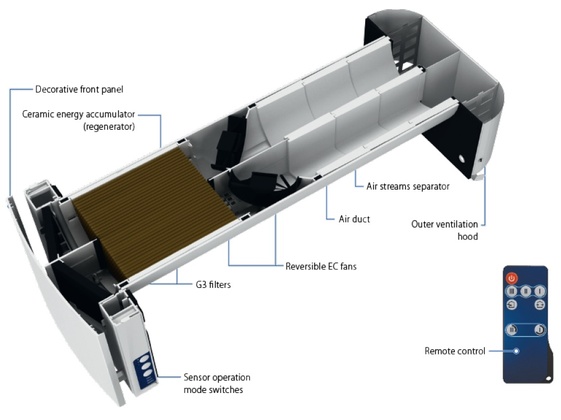





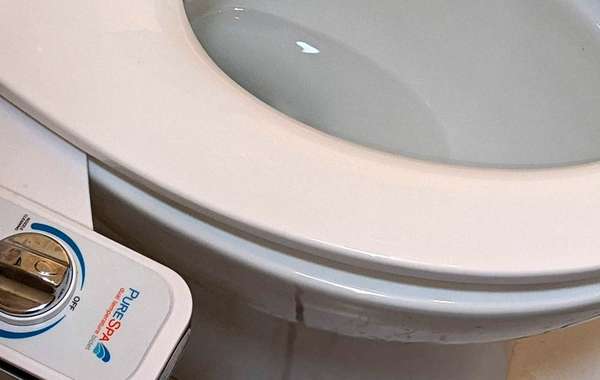

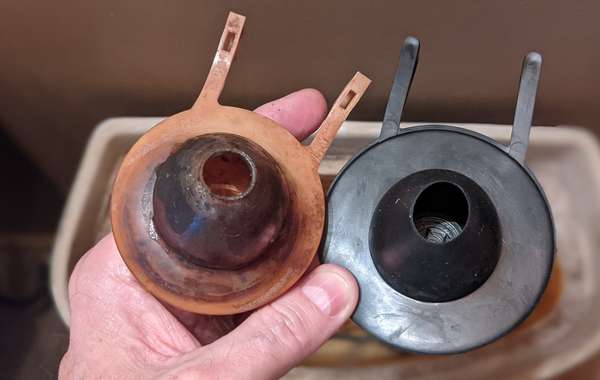
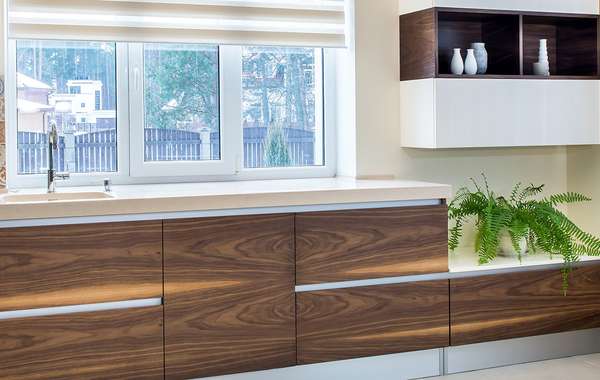
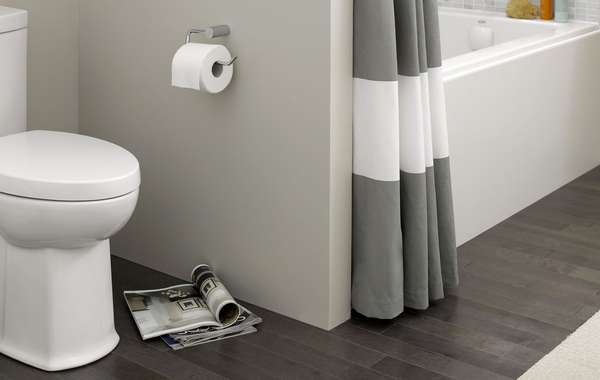
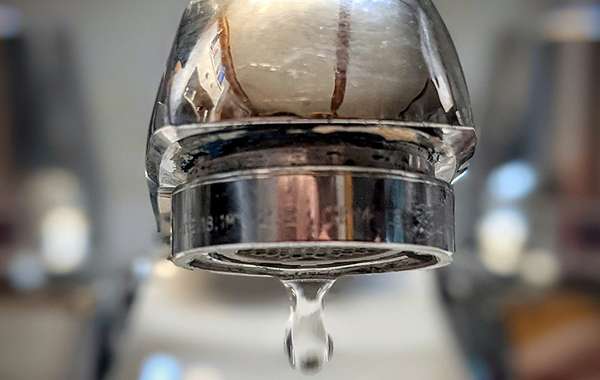
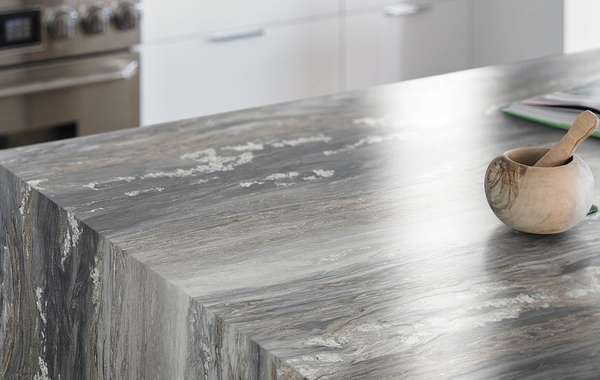
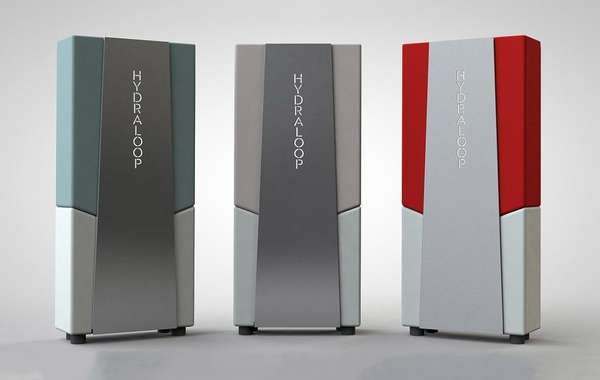

Comments (0)
Sign Up to Comment